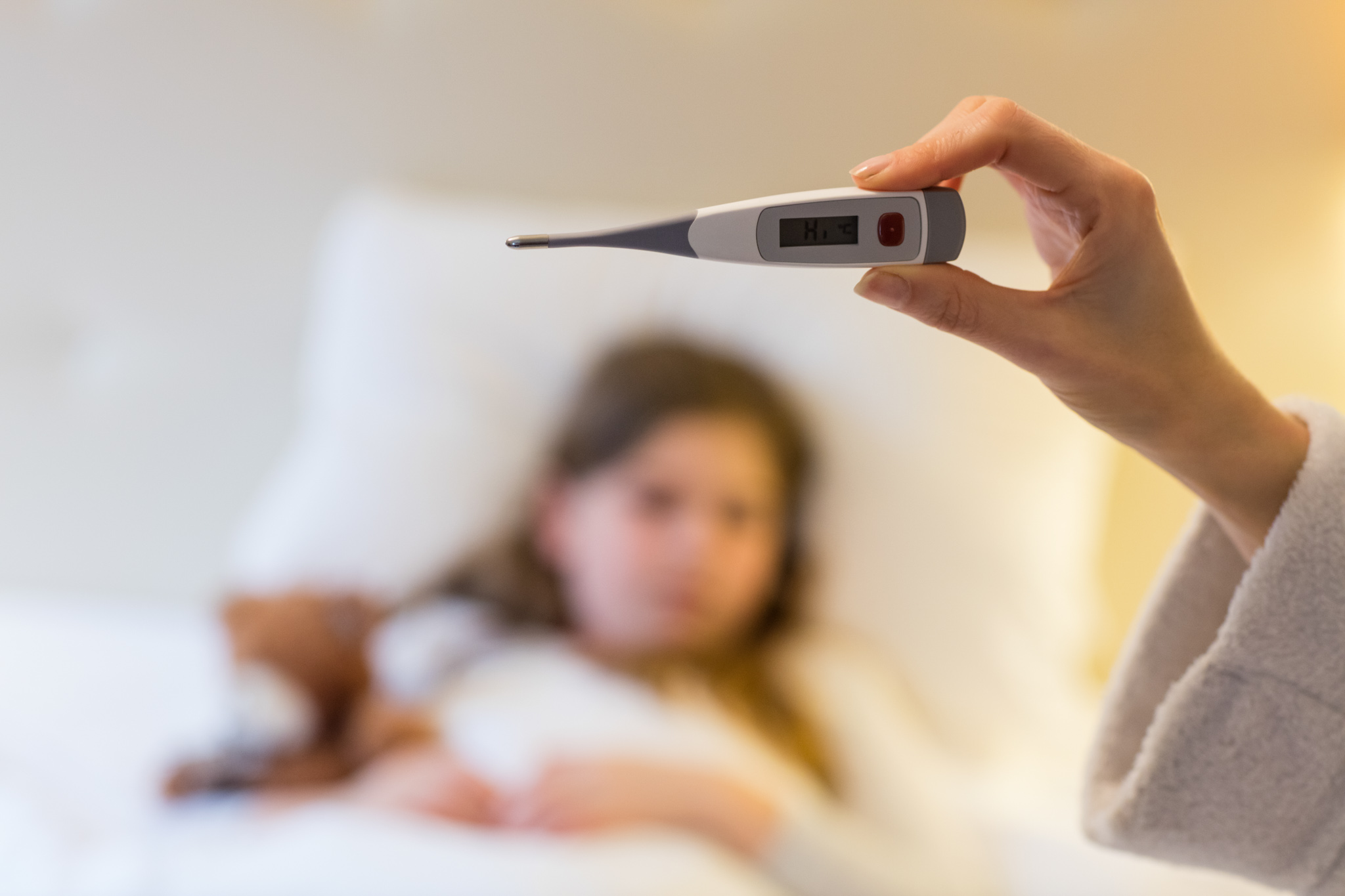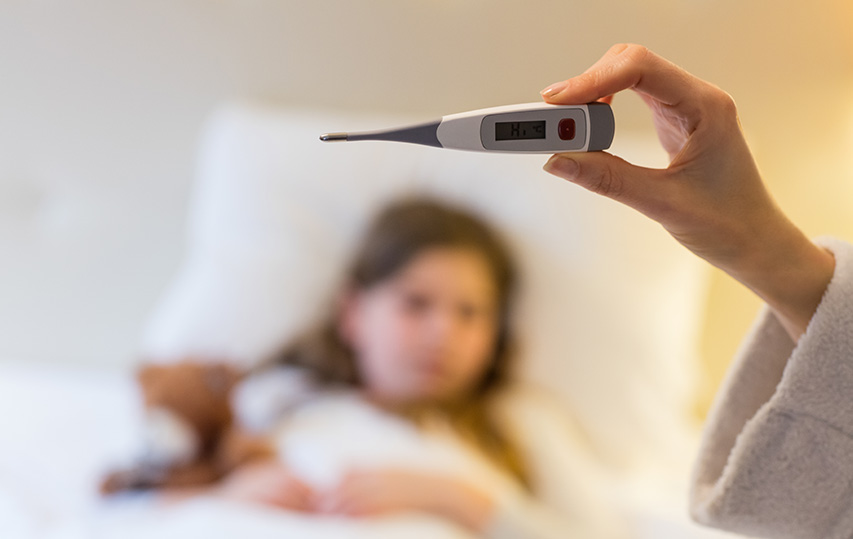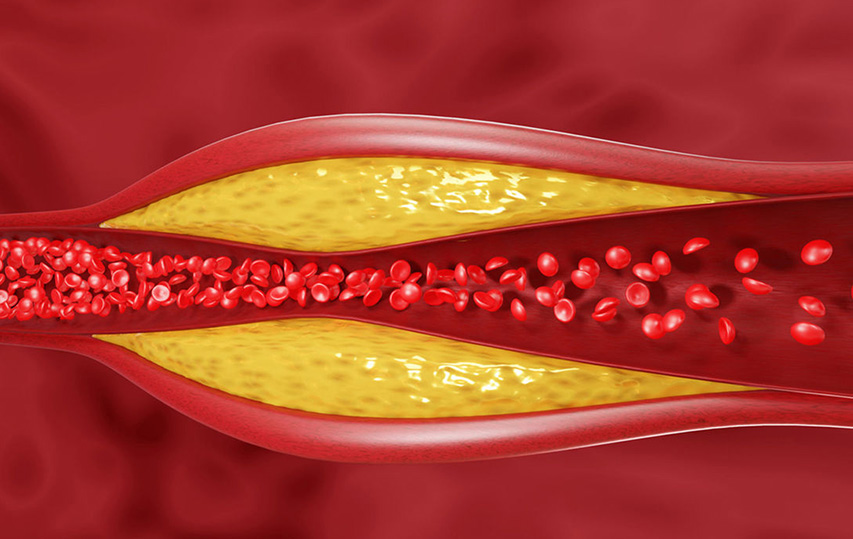Is Paracetamol Silencing Your Body’s Cry for Help?
Is Paracetamol Silencing Your Body’s Cry for Help?
Why Fever Deserves More Respect—and Less Suppression
Let’s talk about fever—a natural, powerful, often misunderstood response of the body. And let’s talk about paracetamol—perhaps the most overused household medication today.
As a doctor, I’ve seen countless patients, especially parents, reach for paracetamol at the first sign of a raised temperature. I understand why—it’s uncomfortable to see your child flushed, cranky, and sweating. Fever is unpleasant. It disrupts routines. It scares us.
But here’s the truth: fever is not your enemy. In many cases, it’s your body’s most loyal ally.

Fever: Your Body’s First Responder
Fever isn’t a malfunction. It’s a message—and a mechanism.
When your immune system detects an infection or abnormal cell activity, it turns up the internal thermostat. This rise in temperature doesn’t just make you feel warm and groggy—it actively helps your body fight:

Fever isn’t a malfunction. It’s a message—and a mechanism.
When your immune system detects an infection or abnormal cell activity, it turns up the internal thermostat. This rise in temperature doesn’t just make you feel warm and groggy—it actively helps your body fight:
- It stimulates white blood cells, cranking up your immune system’s response.
- It inhibits pathogen replication—bacteria and viruses don’t like heat.
- It “cooks” invaders that threaten your health.
This isn’t new-age thinking. In fact, hyperthermia therapy—the deliberate use of elevated body temperature—is a well-established treatment in cancer care. If fever helps fight cancer, imagine what it can do for a cold or flu.
- It stimulates white blood cells, cranking up your immune system’s response.
- It inhibits pathogen replication—bacteria and viruses don’t like heat.
- It “cooks” invaders that threaten your health.
This isn’t new-age thinking. In fact, hyperthermia therapy—the deliberate use of elevated body temperature—is a well-established treatment in cancer care. If fever helps fight cancer, imagine what it can do for a cold or flu.
The Paracetamol Dilemma
Paracetamol (or acetaminophen) has become the reflex response to any rise in temperature. I see it in homes, schools, and even hospitals. It’s marketed as safe, simple, and effective. And often, it is. But it’s also overused—and misunderstood.
Too often, paracetamol is used to silence the symptoms instead of understanding the message. Fever is a sign of a functioning immune system. When we suppress it without reason, we may be disabling our body’s natural defence system.
Worse, many well-intentioned parents may be unintentionally blunting their child’s immune development by rushing to medicate every mild fever. It’s not their fault—it’s a cultural norm born of fear and convenience.

Paracetamol (or acetaminophen) has become the reflex response to any rise in temperature. I see it in homes, schools, and even hospitals. It’s marketed as safe, simple, and effective. And often, it is. But it’s also overused—and misunderstood.
Too often, paracetamol is used to silence the symptoms instead of understanding the message. Fever is a sign of a functioning immune system. When we suppress it without reason, we may be disabling our body’s natural defence system.
Worse, many well-intentioned parents may be unintentionally blunting their child’s immune development by rushing to medicate every mild fever. It’s not their fault—it’s a cultural norm born of fear and convenience.
When Fever Helps—and When It Doesn’t
Here’s where balance matters. Fever, in itself, is not dangerous in most adults and older children. It’s a gauge of how the immune system is handling the threat:
- Mild, short-lived fever= the immune system is responding well.
- High, persistent fever= the infection may be overwhelming, or the body may be struggling.
This is where a doctor’s judgment is vital—to distinguish when a fever can be observed and supported, and when it requires medical intervention.
For children, yes—we must prevent febrile seizures. But even then, the response should be measured and informed, not panicked.

Let’s Think Before We Dose
Paracetamol has its place. Used appropriately, it relieves pain and controls fever when needed. But it is not a cure-all. It’s not harmless just because it’s over-the-counter. And it shouldn’t be the first-line reflex for every minor temperature spike.
Instead:
- Monitor the fever.
- Stay hydrated.
- Rest and support your body.
- Ask your doctorwhen you’re unsure. That’s what we’re here for—not to hand out pills, but to help you understand your body.
The Takeaway: Be Curious, Not Fearful
Fever is your body trying to heal you—not hurt you.
Paracetamol should be a tool, not a crutch.
And your health decisions should be guided by understanding, not habit or fear.
Let’s move away from silencing our symptoms, and start listening to them. You don’t need to self-diagnose. You don’t need to guess. And you certainly don’t need to panic.
Just ask. Your body knows what it’s doing. And so do we.




